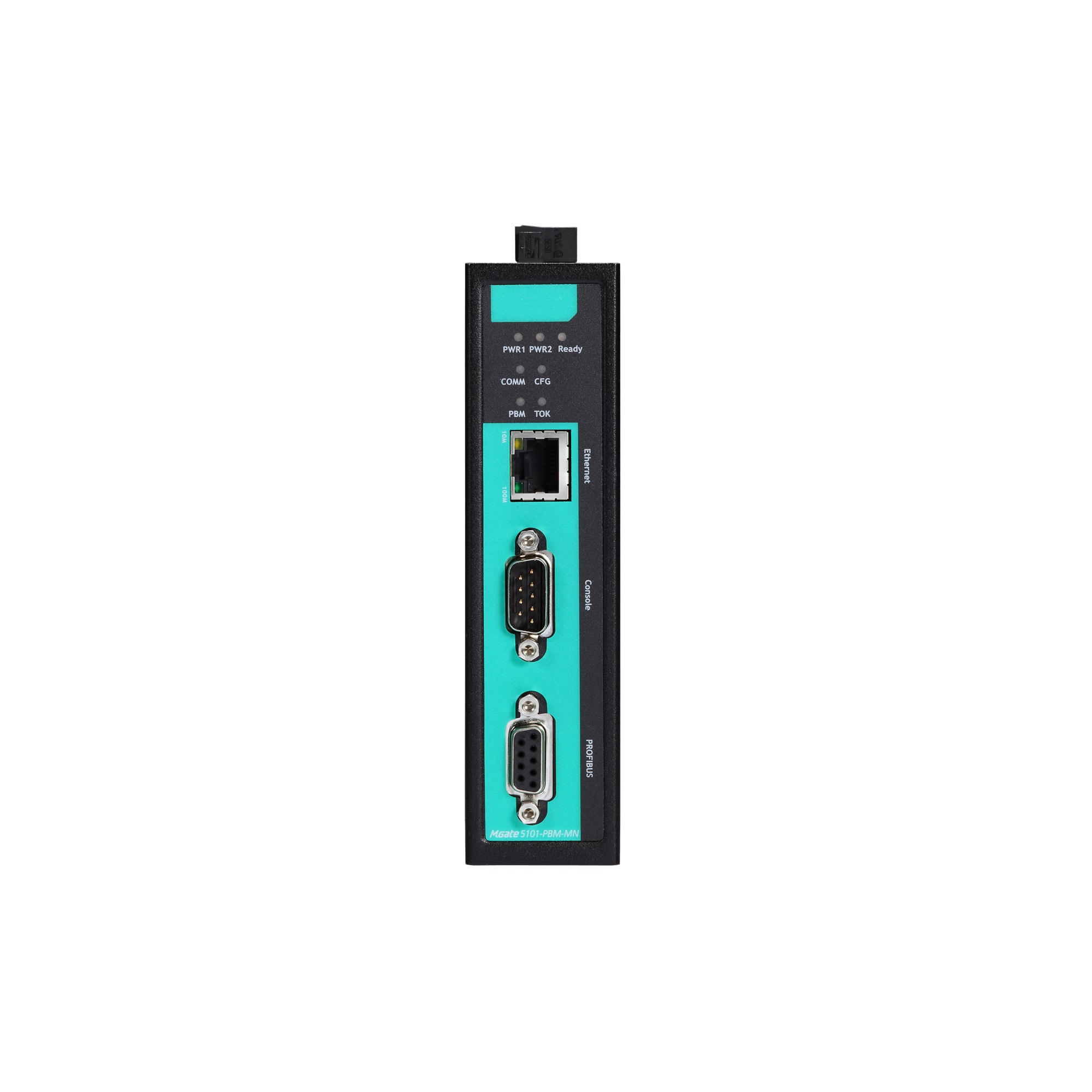In an era where technological efficiency is paramount, why do integration failures still plague users? This question resonates deeply — countless individuals face challenges with system stability and performance. The issue often lies in the ineffectiveness of traditional interface solutions, which hinder seamless interactions. Here, the integrated io module emerges as a beacon of hope. By enhancing connectivity and improving data transfer, this innovation is reshaping user experiences.

Traditional Solution Flaws
Many businesses have relied on outdated systems that do not support current technological demands. Traditional modular solutions often lead to data silos and complicate integration processes, leaving users frustrated and systems vulnerable. With the rise of interconnected devices and the need for real-time data processing, these antiquated approaches simply cannot keep pace. Users find themselves asking, why do they invest time and resources only to face recurring failures?
New Technology Principles
Enter the integrated io module, a cutting-edge solution designed to streamline data communication. This module operates on principles of enhanced connectivity, which allow seamless interactions between multiple devices. By prioritizing data synchronization and compatibility, it promises to eliminate the barriers that previously hindered performance. Look, it’s simpler than you think! This technology not only brings devices together—it creates an ecosystem where information flows freely and efficiently.
Quantified User Benefits
What, then, are the compelling benefits of adopting the integrated io module? Users report noticeable improvements in system reliability and efficiency. Data retrieval speeds increase, ultimately leading to enhanced decision-making capabilities. According to industry studies, adopting this technology can boost operational performance by up to 30%. Thus, businesses not only save time but also gain a competitive edge in their respective markets.
Conclusion
As you explore integration solutions, always verify these 3 metrics when evaluating options: ① compatibility with existing systems ② scalability for future upgrades ③ support for real-time data processing. These criteria are essential in your decision-making journey. Embracing modern technologies like the integrated io module can be the key to overcoming existing challenges and propelling your organization forward.
Exploring the Integrated IO Module
The integrated io module plays a crucial role in enhancing the connectivity of diverse devices. When organizations adopt this technology, they can effectively harness data across platforms, ensuring that operational efficiency is optimized. The integration of such modules can simplify complex data exchanges and improve overall system performance. Ongoing developments in the field highlight the increasing importance of an integrated io module in the digital landscape.
Understanding the Multifunctional IO Module
Expanding on the need for innovative solutions, the multifunctional io module serves as an essential resource in modern technological applications. This module is versatile, providing multiple input and output functionalities that cater to various needs. Businesses can achieve a seamless experience when integrating an multifunctional io module, leading to improved adaptability and responsiveness in their operations. As systems evolve, the demand for such multifunctional devices will only continue to rise.

Conclusion and Brand Recommendation
In summary, it is evident that investing in effective integration solutions is crucial for modern enterprises. The integrated io module and multifunctional io module offer critical advantages, ensuring seamless connectivity and improved operational efficiency. Therefore, when seeking reliable solutions, consider partnering with DECOWELL. Their commitment to quality and supply chain advantages positions them as a leading manufacturer, capable of meeting your integration needs with efficacy and expertise.
